What Goes Into Making a COVID-19 Vaccine and Why Can’t They Come Up With One Faster?
COVID-19
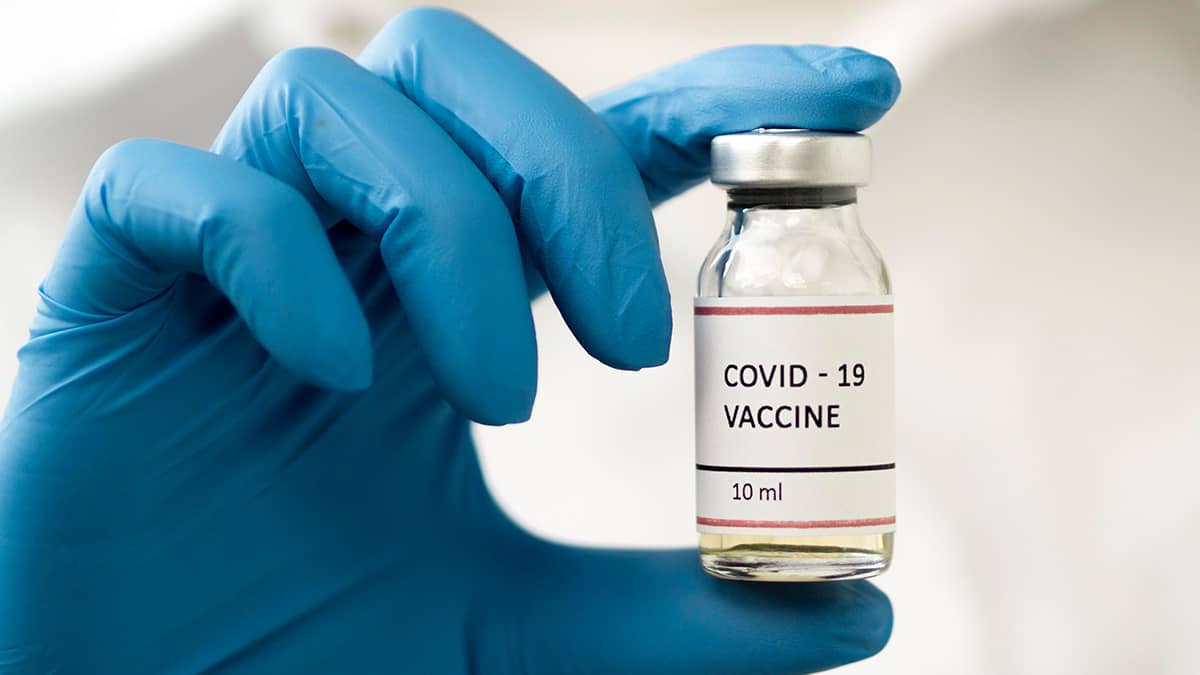
COVID-19 has disrupted life for everyone around the world. Many people may be frustrated with safety measures such as social distancing, wearing a mask, and limiting large gatherings, but the disease will continue to spread unchecked until we have an effective vaccine. Unfortunately, the vaccine-making process can be a long one. We need a lot of data about safety and effectiveness before a vaccine can be released. We are constantly asked by patients, "what is going to happen?" We ALL want to know.
Viruses and Vaccines
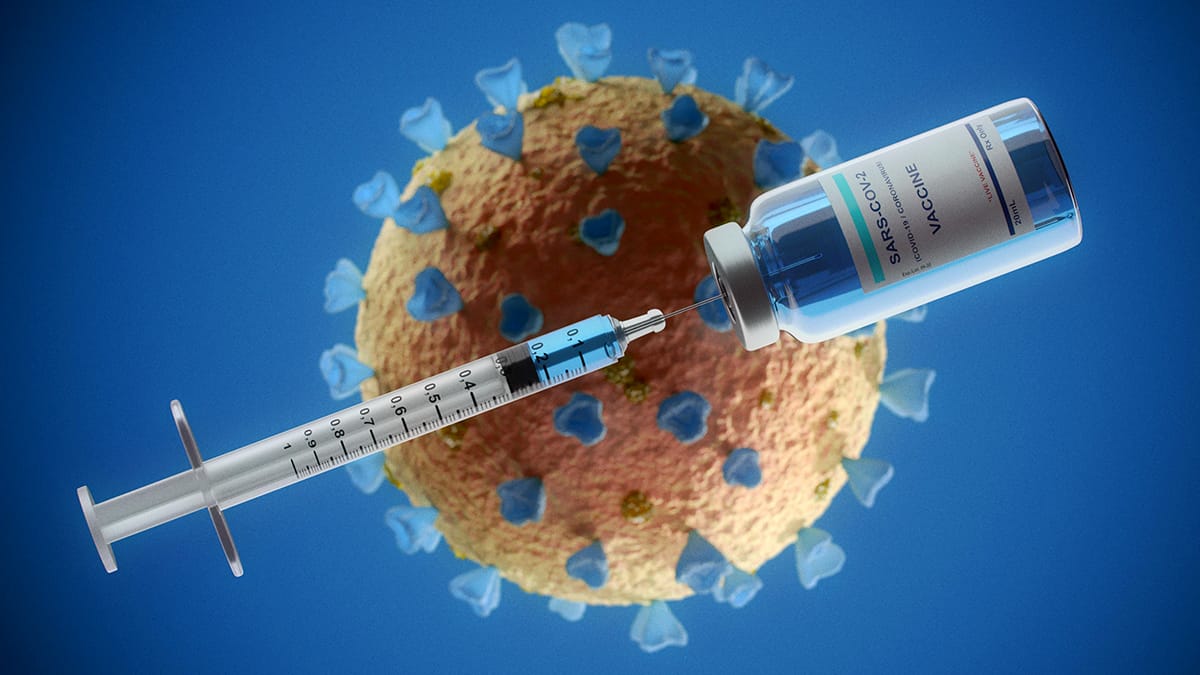
An Introduction to COVID-19
First, let's clarify some important terms. "COVID-19" is the abbreviated name for coronavirus disease 2019, and refers to the actual illness that people get once they become infected. "SARS-CoV-2" is the name of the virus that causes this disease. SARS-CoV-2 is one example of a coronavirus, a family of viruses that often cause respiratory diseases such as the common cold. Hundreds of different types of coronaviruses exist, but only seven are known to infect humans.
Over 20 million people around the globe have come down with COVID-19 and over 700,000 have died, as of mid-August 2020. When people are infected with the SARS-CoV-2 virus, they often come down with symptoms in an average of 4 to 5 days, although it may take up to two weeks. One study of thousands of Chinese patients found that most people with COVID-19 had mild symptoms, although some people don't have any symptoms and close to 20% had severe or critical illness.
There are currently no approved treatments for COVID-19. Doctors may treat patients with antiretroviral drugs or other compounds, but so far there is limited evidence that any of them are effective. Additionally, many clinical trials are underway to identify new treatments. The lack of evidence-based treatments highlights the need for a vaccine.
The Science of Viruses
Viruses are tiny particles that invade the cells in our body. Once inside our cells, they copy themselves many times over and force our cells to release the new viruses into the body, where they can go on to infect additional cells. This process changes or even kills our cells.
Like many other viruses, SARS-CoV-2 has an outer shell consisting of different types of proteins that surround a strand of RNA containing genetic information. Large spike proteins stick out from the virus surface. The virus uses these spike proteins to interact with and enter our cells.
When a foreign germ such as bacteria or a virus gets into our system, our immune system helps fight it off. When immune cells come across a new germ that they've never seen before, they work to kill it using many different techniques. One method involves creating proteins called antibodies that bind to the virus. Antibodies prevent the virus from entering new cells and signal to immune cells to destroy the virus. This process may take days or weeks, and you will often feel sick during this time. Symptoms such as fevers are a sign that the body is building its immune system and learning how to fight off a new germ.
Even after the virus is destroyed, your immune system will remember it. The next time the virus makes its way into your body, immune cells will recognize it more quickly and will release antibodies to neutralize the virus before it can make you sick. From an epidemiological standpoint, viruses tend to change, which is what we term "mutate" and then they can affect people in different ways and with different signs and symptoms.
How Vaccines Work
Vaccines speed up the virus-fighting process. They train your immune system to recognize a new virus without making you sick. If you get a vaccine against a certain virus, your body will have a much easier time fighting it off.
There are a few different types of vaccines. Some, called inactivated vaccines, contain actual virus particles that have been killed. They can't make you sick, because the virus doesn't work properly, but they can still train your immune system to recognize the virus and destroy it. Another type of vaccine can teach your immune system to recognize a certain part of the virus, such as the outer spike protein. Both of these types of vaccines may require additional booster shots after you've gotten the first vaccine dose.
Vaccine Development Starts with Laboratory Research
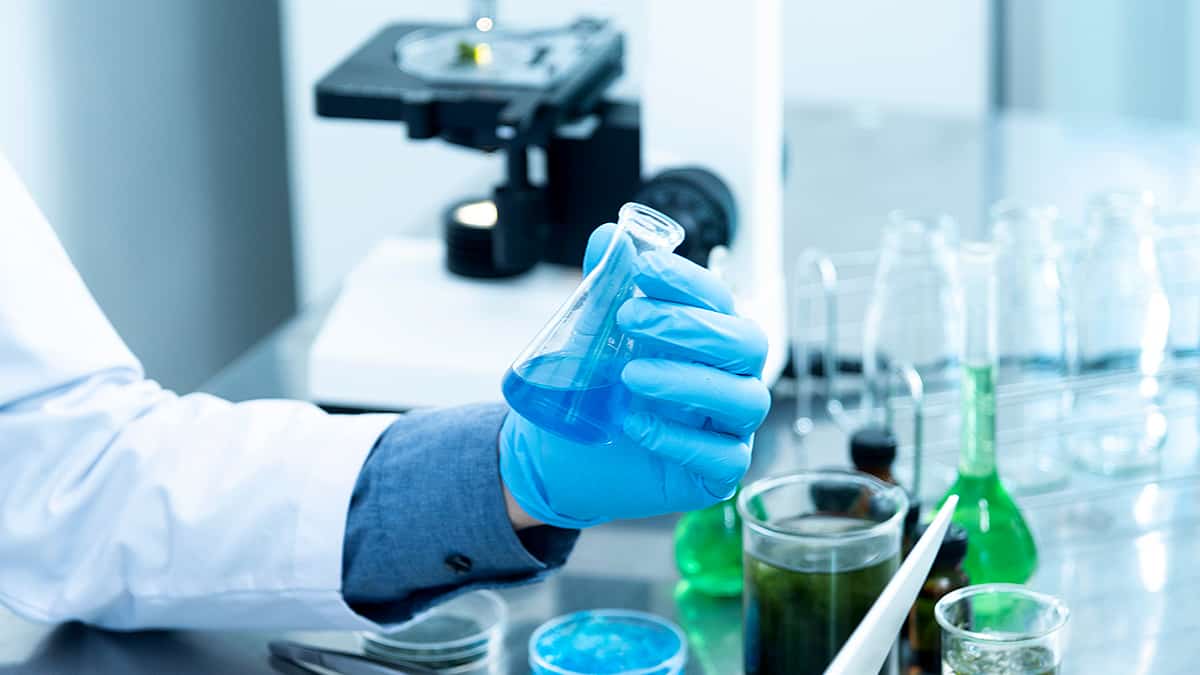
An Introduction to Pre-Clinical Research
Pre-clinical research often starts with test-tube experiments that help scientists learn more about the virus. It may include things like decoding the virus's genetic information, uncovering how it infects cells, or analyzing whether a potential vaccine can train immune cells. Next typically comes animal studies that allow scientists to gather information about how a virus spreads throughout the body and whether a potential vaccine is safe.
Research into the SARS-CoV-2 Virus
Because researchers have already extensively studied other coronaviruses that have caused severe outbreaks, they were not starting from square one when trying to learn more about the new SARS-CoV-2. Scientists learned how this virus infected cells within two weeks of its discovery. Some of the other laboratory research so far has included:
- Sequencing the genome of the virus
- Studying how the virus evolves over time
- Identifying the different proteins that make up the virus and performing experiments to see which proteins might make for better vaccine targets
- Creating and testing potential new vaccines
Past research into other coronaviruses has shown that the spike protein is a good target for vaccines. As a result, many of the SARS-CoV-2 vaccines currently in development target the spike protein. Dozens of compounds are currently being tested in pre-clinical research.
Clinical Development for COVID-19 Vaccines
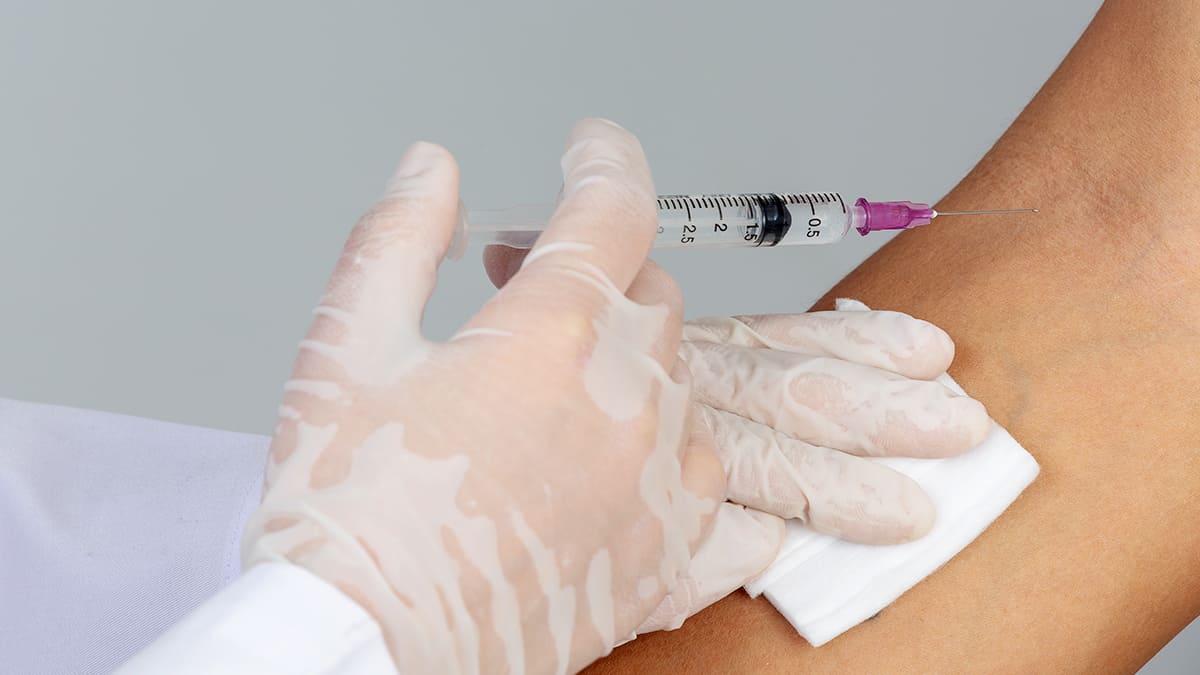
Clinical Trials: The Basics
Clinical trials are studies conducted in humans. They only take place if laboratory data shows that a vaccine may be helpful for people. During clinical trials, the vaccine is given to volunteers and the effects are measured. There are three phases in clinical trials, and each has a different goal:
- Phase 1 trials are performed in a small group of healthy participants. Researchers collect preliminary data regarding whether the vaccine appears to be safe.
- Phase 2 studies are a bit bigger, and may compare different doses of a vaccine. They also often look more closely at what side effects can be expected from the vaccine.
- Phase 3 trials are larger still and analyze effectiveness by comparing people who get the vaccine with people who haven't received it. They also continue to collect information related to safety and side effects.
COVID-19 Vaccine Clinical Trials: Where We Stand
As of mid-August, the World Health Organization (WHO) reports that six potential vaccines are in Phase 3 clinical trials:
- mRNA-1273: This vaccine is created by Moderna. It actually prompts a person's own cells to produce and release the SARS-CoV-2 spike protein into the body. This trains the immune system to learn to recognize and destroy this protein. Early studies reported that this vaccine seemed safe and effective. A Phase 3 clinical trial began in July, and plans to enroll 30,000 COVID-free people at 89 different sites throughout the US. The study will examine whether the vaccine is safe by asking everyone who gets the vaccine to report their symptoms. The trial will also help us answer two key questions: Are people who get the vaccine less likely to get COVID-19? And, do people who get the vaccine have a lower chance of severe disease and death if they are infected?
- AZD1222: The University of Oxford and AstraZeneca collaborated on this vaccine, which works the same way as mRNA-1273. A Phase 1/2 trial found that peoples' immune systems successfully produced antibodies against SARS-CoV-2. Some of the reported side effects were pain, chills, and muscle aches. A Phase 3 study started in May in Brazil.
- BNT162: This vaccine is a joint effort from Pfizer and BioNTech. The two pharmaceutical companies are using a combined Phase 1/2/3 trial to test multiple different compounds at multiple doses in multiple age groups. While the Phase 1/2 part is still ongoing, an early report said that the vaccine could create an immune response and seemed to be relatively safe.
- Inactivated virus vaccine: Chinese pharmaceutical companies Sinopharm and The Wuhan Institute of Biological Products are producing this unnamed vaccine. In Phase 1 and 2 trials, participants produced antibodies in response to the vaccine, showing that it might be effective, and a minority of participants experienced side effects such as mild fever. No one reported any severe side effects.
- Inactivated virus vaccine: Sinopharm is also working on another potential vaccine candidate in collaboration with the Beijing Institute of Biological Products. Both Sinopharm vaccines are being tested side-by-side in thousands of people in the United Arab Emirates and Bahrain as part of the same Phase 3 trial.
- CoronaVac: Sinovac Biotech, another Chinese company, found in Phase 1 and 2 clinical trials that their candidate vaccine was likely to be safe and effective. They have begun Phase 3 trials in Brazil and Indonesia.
The New York Times vaccine tracker also reports that two other vaccines are in Phase 3 trials: The Murdoch Children's Research Institute in Australia is testing whether a tuberculosis vaccine can protect against SARS-CoV-2, and CanSino Biologics in China is testing the Ad5 vaccine in a Phase 3 trial in Saudi Arabia.
Approving and Making the Vaccine
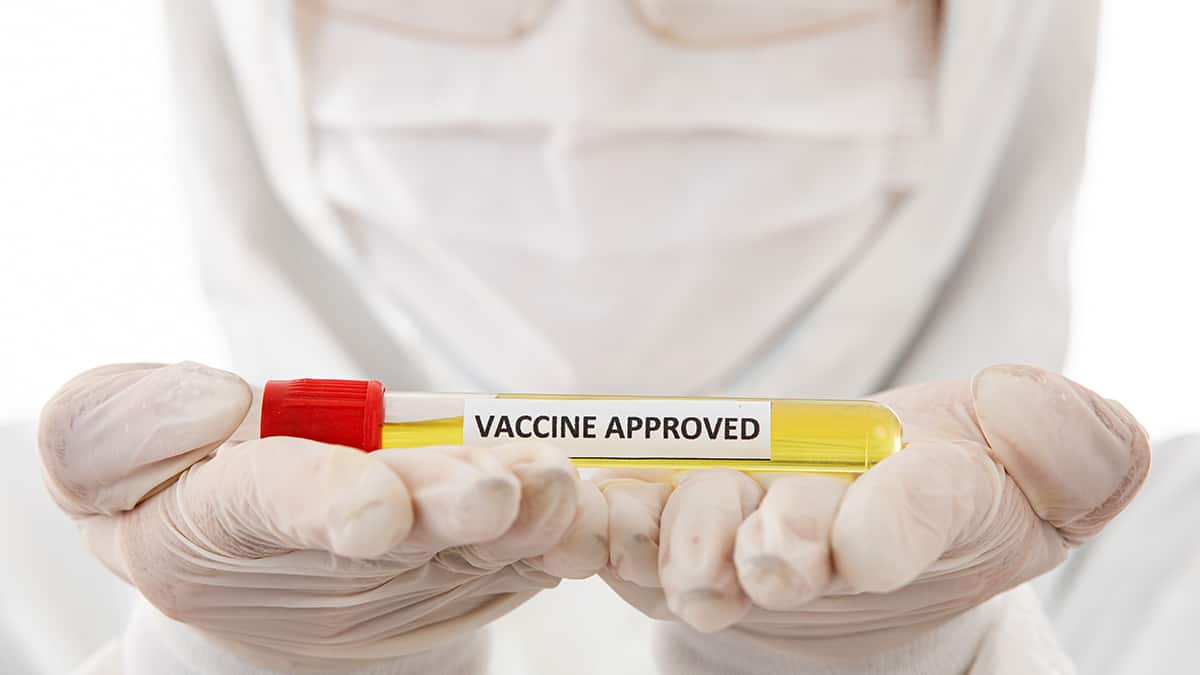
Each Country Has Different Regulations
Once a vaccine has gone through laboratory, animal, and human testing, it is up to agencies in different countries to decide whether or not to approve that vaccine for use in their country. Agencies will look over information related to safety and effectiveness and decide if the benefits outweigh possible side effects. In the United States, the Food and Drug Administration (FDA) decides whether or not to approve the drug. They base this decision on clinical trial data, inspections of the manufacturing facility where the vaccine will be made, and even on what the product label will say.
Studies and regulations don't end once a vaccine is approved. The FDA continues to collect information about vaccines as the public receives them, and Phase 4 trials may be conducted. The manufacturer is also required to continuously test their vaccine to make sure it's pure and safe, and the FDA regularly inspects manufacturing facilities.
Some Regulations Have Changed for COVID-19
Some countries have recently made changes to provide more resources and funding in order to speed up vaccine development. For example, the United States has developed programs such as Operation Warp Speed, which aims to provide 300 million doses of a COVID vaccine by the beginning of 2021, and Accelerating COVID-19 Therapeutic Interventions and Vaccines (ACTIV), which brings together many different government, private, and academic groups. These programs help by taking on tasks such as:
- Keeping track of all potential vaccine candidates
- Encouraging cooperation between different clinical trials
- Providing money for manufacturing vaccines
- Coming up with plans for distributing a final vaccine
Importantly, these programs do not change the regulatory process behind vaccine approval. Any potential vaccine will still have to go through the same clinical trials and meet the same standards for safety and effectiveness before it is approved.
Making and Distributing a Vaccine
Approving a vaccine is not the final step. Another big hurdle is manufacturing the product on a large scale. If an approved COVID-19 vaccine is based on brand-new technology, it may take a long time to figure out how to produce huge quantities. Distributing is another problem. Even if enough working vaccines existed for everyone, it would likely take a while to actually get each person vaccinated.
What Can We Expect from a COVID-19 Vaccine?
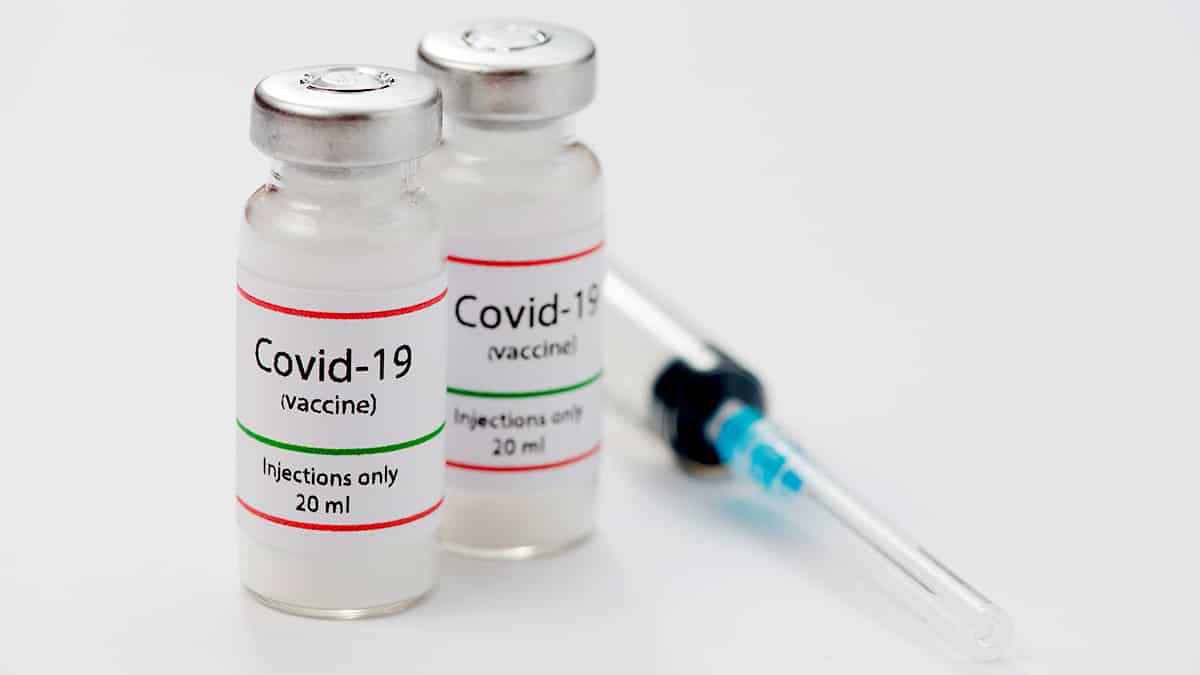
When Might a Vaccine Be Finished?
It's impossible to know for sure when a vaccine will be ready, since the overall timeline depends on the final results from clinical trials. There are a few possibilities:
- Current clinical trials show that a vaccine is safe and effective, and we have a vaccine by late 2020 or mid-2021.
- Existing studies show that a vaccine doesn't work or is dangerous, and new products need to be tested, meaning a new vaccine isn't approved for a couple or even many more years.
Currently, two vaccines have been approved for use in humans. One, Sputnik V, was developed and approved by Russia. This vaccine is controversial because results from pre-clinical and Phase 1/2 studies have not been published, and the vaccine has not yet been tested in Phase 3 trials. This means that we don't yet have information about safety and effectiveness. The second approval came from China, which has agreed to let their military personnel use CanSino Biologic's Ad5 vaccine.
What Might a COVID Vaccine Look Like?
There's a chance the COVID vaccine will have to be given to each person multiple times. Some vaccines, like the one against measles, require a couple of doses in order to be effective. This may be the case with SARS-CoV-2: several of the vaccines in the later stages of development require two doses a couple of weeks apart. Another possibility is that people will have to get a COVID-19 vaccine yearly, similar to flu vaccines. The reason this is necessary is that many flu virus strains exist and are constantly mutating. It's possible that the viruses you were protected against in last year's flu shot are not very common anymore, while other new strains are much more prominent. We don't know yet whether this will be the case for a COVID vaccine.
Conclusion
There are many steps involved in coming up with a vaccine, from learning about how the virus works to getting regulatory approval. The development process may take a few more months, or it may take years. The advantage of this lengthy process is that we can be more confident that when a vaccine does come out, it should be safe and effective. There is no use in releasing a vaccine until we can be sure that it will work and will not cause major side effects. Developing and producing a safe and effective vaccine for Covid-19 will take time, a commodity we all wish we had more of these days.